How the long tradition of coronations has evolved
A ceremony to celebrate the new monarch has taken place since the seventh century
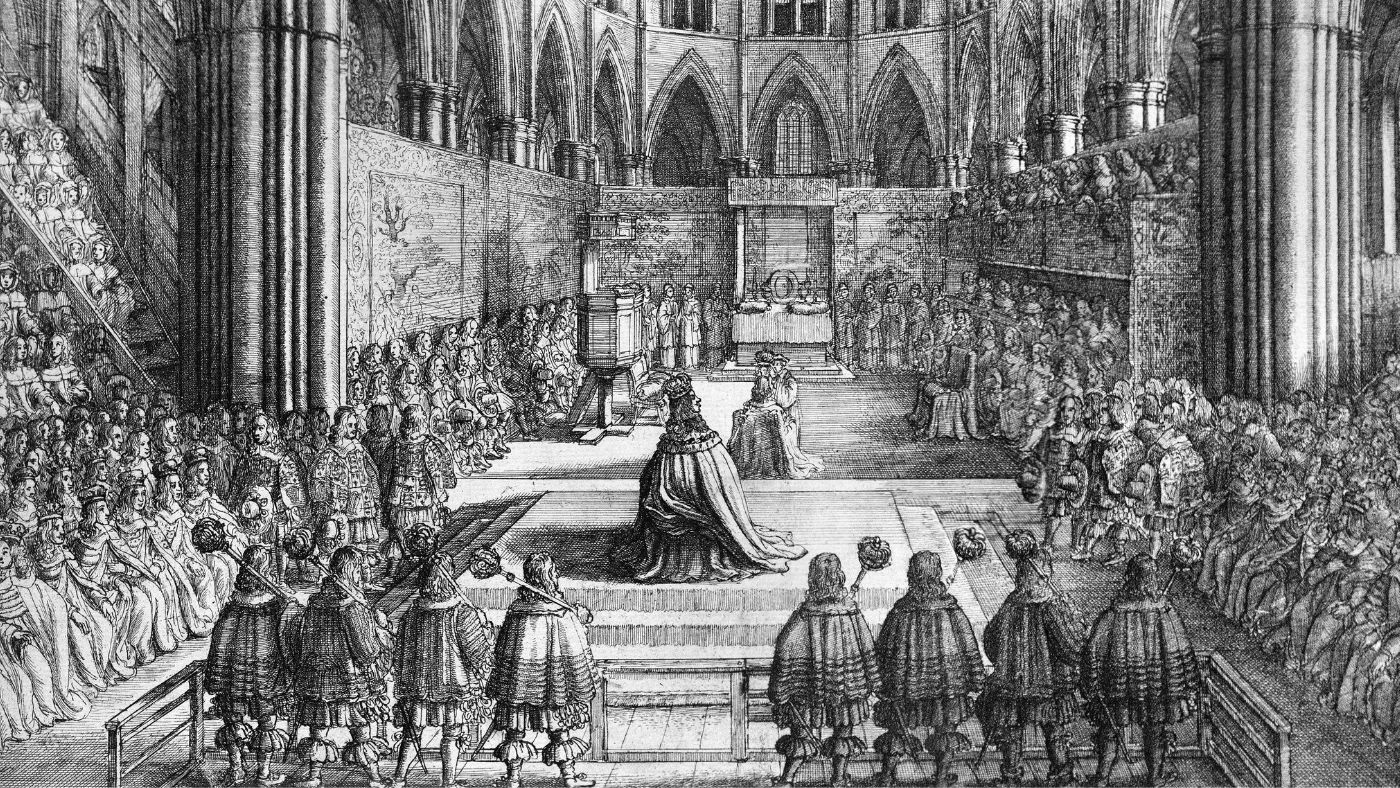
Ceremonies in which Anglo-Saxon monarchs were anointed with oil were recorded in the seventh and eighth centuries.
Athelstan, the first King of England, was crowned in Kingston upon Thames in AD925, and the main elements of the coronation service used today can be traced back to that of King Edgar at Bath Abbey in 973.
Since 1066, when William the Conqueror was crowned at Westminster Abbey, all English coronations have happened in the same place: King Charles III will become the 40th monarch to be crowned in the Abbey. The basic running order still follows that laid out in the Liber Regalis, a manuscript compiled c.1382.
The Week
Escape your echo chamber. Get the facts behind the news, plus analysis from multiple perspectives.

Sign up for The Week's Free Newsletters
From our morning news briefing to a weekly Good News Newsletter, get the best of The Week delivered directly to your inbox.
From our morning news briefing to a weekly Good News Newsletter, get the best of The Week delivered directly to your inbox.
What is the coronation for?
In Anglo-Saxon England, there was no automatic right of succession, so coronation was an essential rite, used to prevent disputes. But it has not been legally necessary for hundreds of years: under common law, sovereigns succeed immediately upon the death of their predecessor (two kings, Edward V and Edward VIII, were never actually crowned).
The ceremony still, however, performs important functions. It formally invests the monarch with his or her regal powers. At its centre is the oath: the king or queen promises to govern according to the law, and to maintain “the Protestant Reformed religion” (both of these were specified in the Coronation Oath Act of 1688; before the Glorious Revolution, the oath stated that the king had the right to make the law). The ceremony is also a celebration, of a kind that would be inappropriate straight after the previous monarch’s death.
What does the ceremony involve?
After the state procession from Buckingham Palace to the Abbey, the service begins with the recognition: the king or queen is presented to “the people” – the congregation. The Archbishop of Canterbury asks whether they recognise their new sovereign, to which they reply “God save the King!” (or Queen), and trumpets sound. Then comes the oath, followed by the anointing, the religious heart of the service: the monarch is partially hidden from view and the Archbishop anoints his or her hands, head and body with a holy oil, representing God’s grace (this time the oil is made of olives from the Mount of Olives, consecrated in the Church of the Holy Sepulchre in Jerusalem).
This is followed by the investiture: objects and garments symbolising the sovereign’s powers and responsibilities are given to him or her, such as the Royal Orb and Sceptre. Then comes the enthronement and the crowning: the monarch is seated on the Coronation Chair, and the Archbishop places St Edward’s Crown on his or her head. The final part is the homage: the assembled royals, bishops and peers kneel before the new monarch.
A free daily email with the biggest news stories of the day – and the best features from TheWeek.com
Has the service changed at all?
It has evolved over time. Much of it was, for instance, translated into English from Latin for James I. Stuart ceremonies involved monarchs being crowned twice, once as King of Scots, once as King of England; since the Acts of Union in 1707 that hasn’t been necessary. (Stuart crownings were also very long: Samuel Pepys recalled in his diary having to leave Charles II’s early to use the lavatory, having arrived at Westminster Abbey at 4am.)
The oath is slightly updated every time. Some traditions date back to the medieval period: the Coronation Chair, which contains the Stone of Scone, the ancient symbol of the Scottish monarchy, has been used since 1308. Other traditions have been added more recently. The anthem Zadok the Priest, composed by Handel for George II’s coronation in 1727, has been played at every one since.
What role do the crown jewels play?
Jewel-encrusted symbolic regalia have an important part in the ceremony. The Royal Mace will be carried before King Charles, along with the Sword of State, and at least three other swords: the Sword of Temporal Justice, the Sword of Spiritual Justice, and the Sword of Mercy (which has a blunted tip).
Charles will be adorned with St Edward’s Crown, which weighs five pounds and has a solid gold frame adorned with 444 precious and semi-precious stones. Like most of the regalia, it is a 1660s replacement of a medieval original (a crown said to have belonged to Edward the Confessor); Oliver Cromwell had the crown jewels melted down and sold during the Interregnum because they symbolised “the detestable rule of kings”. The oldest is the Coronation Spoon, used for the anointing, which dates back to the 14th century.
Who arranges all of this?
The ceremony – the only remaining event of its type in Europe – is organised and paid for by the UK Government. (The Department for Digital, Culture, Media and Sport has declined to give an estimate of costs.) A Coronation Committee of privy councillors has been formed to oversee it, chaired by the Earl Marshal, who is in charge of such ceremonial occasions. The current Earl Marshal is the Duke of Norfolk, Edward Fitzalan-Howard. This hereditary role has been performed by the Howard family since 1672.
How will this year be different?
It will be a “slimmed down” affair, lasting less than 90 minutes, with a congregation of 2,000, compared to 8,000 at Elizabeth II’s. It’s likely to be less formal, with morning dress replacing robes for many attendees. There will be more young people, and much more diversity, with different faiths represented; women bishops are also likely to play a role.
Some of the service’s more feudal elements, such as the homage by peers, are expected to be heavily curtailed. There will also be – unthinkable in 1953 – a republican protest against the monarchy, gathered on the procession route in Trafalgar Square, under the statue of King Charles I. As in 1953, however, the anointing of the monarch is reportedly not expected to be broadcast, because it is still viewed as too sacral for the cameras.
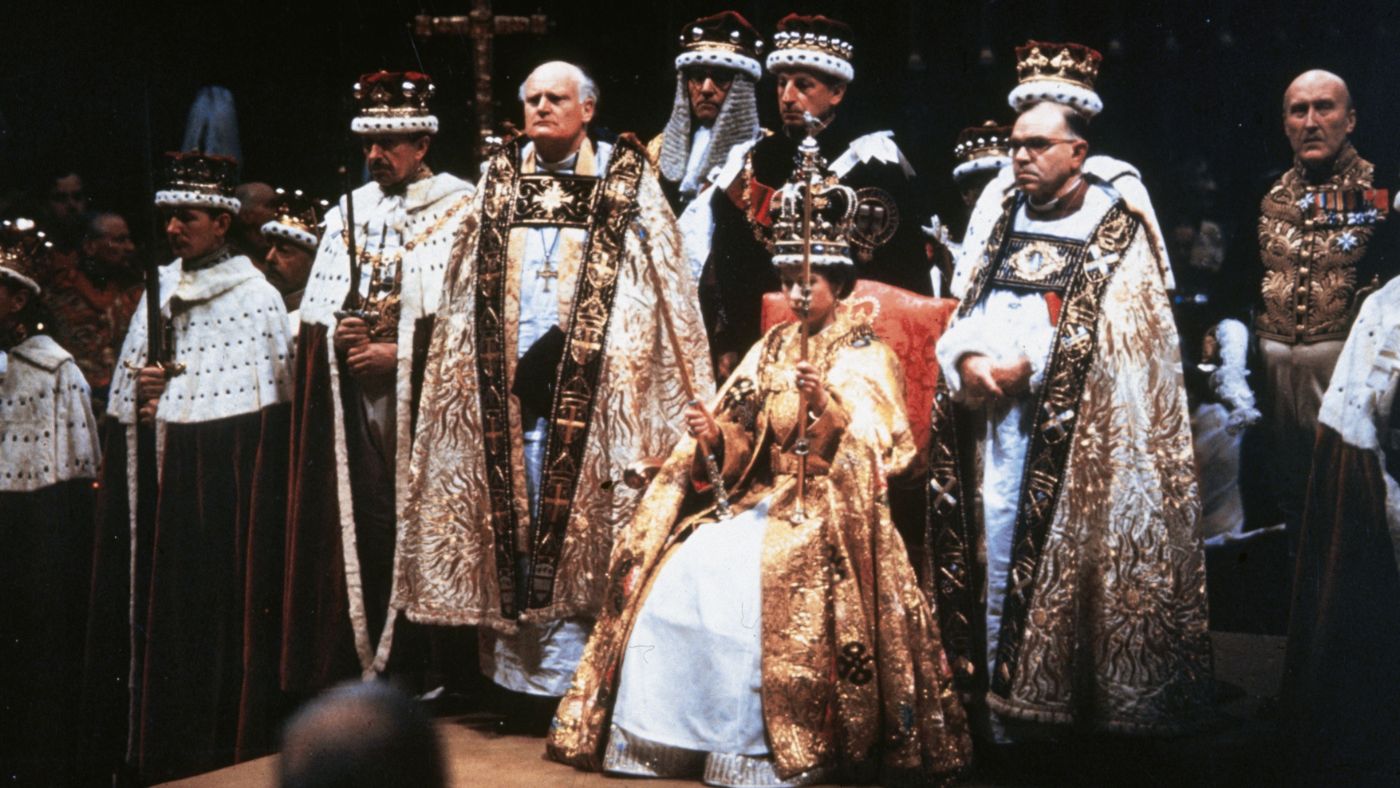
1953: a hard act to follow
The coronation of Elizabeth II, on 2 June 1953, was “the most magnificent and affecting royal ceremonial of the century”, according to her biographer Ben Pimlott. It came as a welcome respite during postwar austerity: at a time when rationing was still in place, every British household was granted an extra 1lb of sugar and 4oz of margarine. Despite patchy weather, including snow in some places, street parties were held up and down the country. Almost three million people came to London for the day, and some 8,000 dignitaries attended the three-hour-long service. Elizabeth, just 27 at the time, was dressed in a satin gown designed by Norman Hartnell, trailing an 21ft ermine Robe of Estate. During the service the future King Charles III, then four, looked decidedly bored.
What made the occasion unique, though, was Elizabeth’s decision – against the advice of then-PM Winston Churchill – to allow filming inside Westminster Abbey. The result was that, for the first time in history, the British public could watch a coronation. More than 20 million Britons watched it on the BBC, many of them having bought or rented a TV for the occasion. It was a transforming moment, says Pimlott, in the creation of a modern “media monarchy”.
-
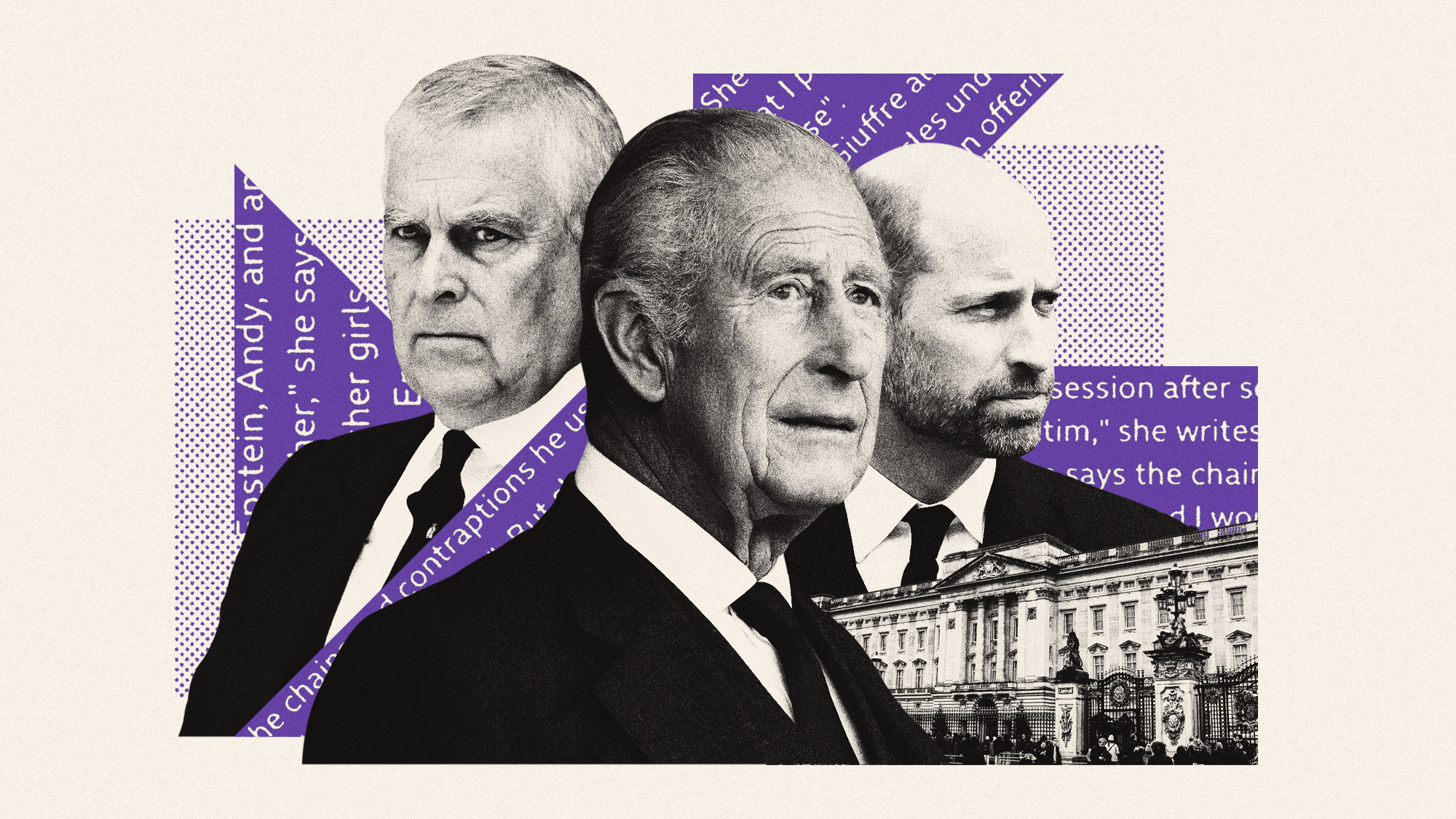 Prince Andrew: is the royal family doing enough?
Prince Andrew: is the royal family doing enough?Today’s Big Question King Charles faces calls for tougher action against Andrew after latest allegations about Virginia Giuffre and Jeffrey Epstein
-
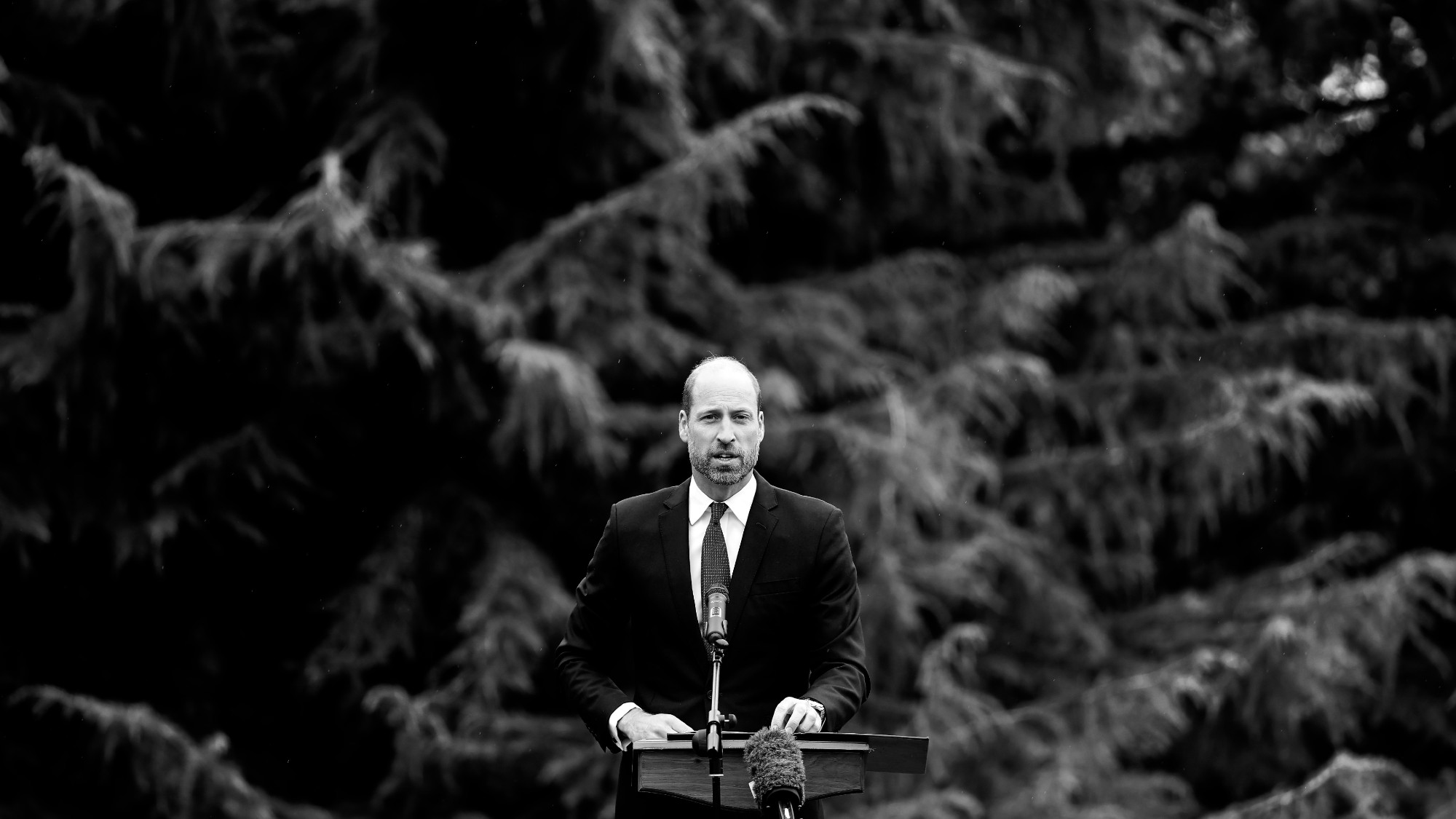 What will William be like as king?
What will William be like as king?Today's Big Question Prince of Wales said he won’t be ‘restricted’ by history when he takes the throne
-
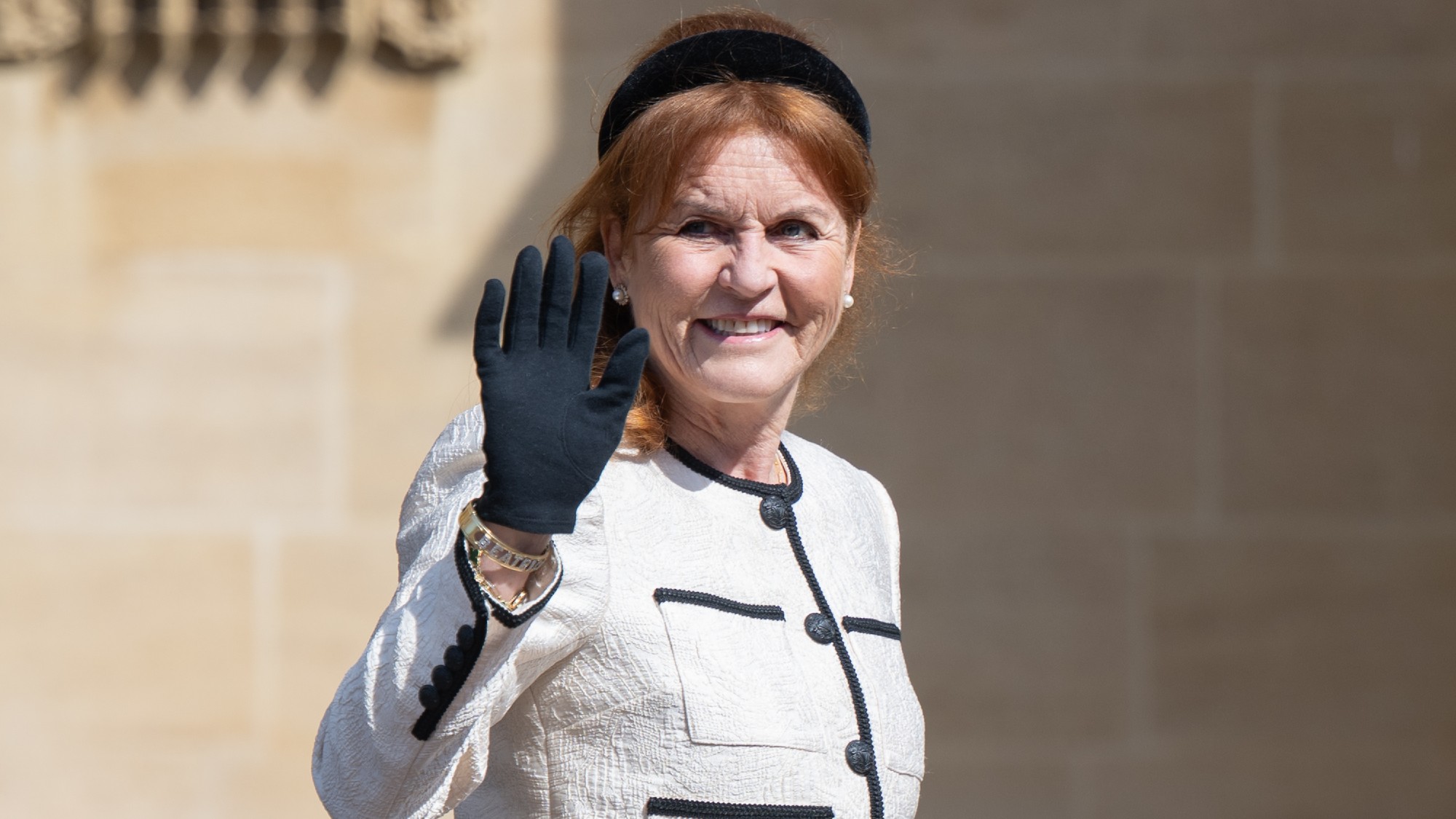 Sarah Ferguson: a reputation in tatters
Sarah Ferguson: a reputation in tattersIn the Spotlight After emails surfaced revealing ties to Jeffrey Epstein, weeks after she claimed to cut contact, her charities are running for the hills
-
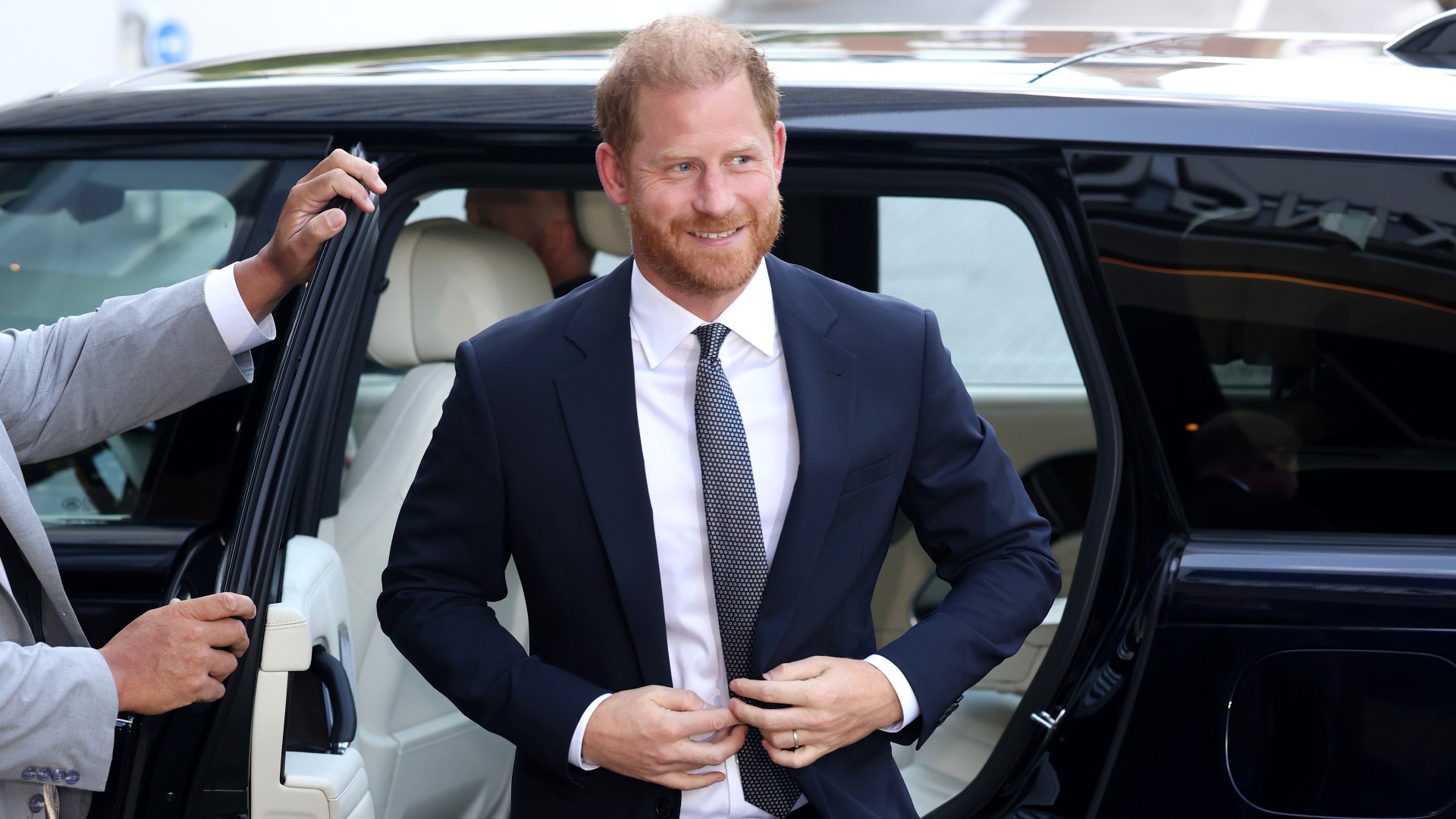 Prince charming: Harry’s tea with King sparks royal reconciliation rumours
Prince charming: Harry’s tea with King sparks royal reconciliation rumoursTalking Point Are the royals – and the UK public – ready to welcome the Duke of Sussex back in?
-
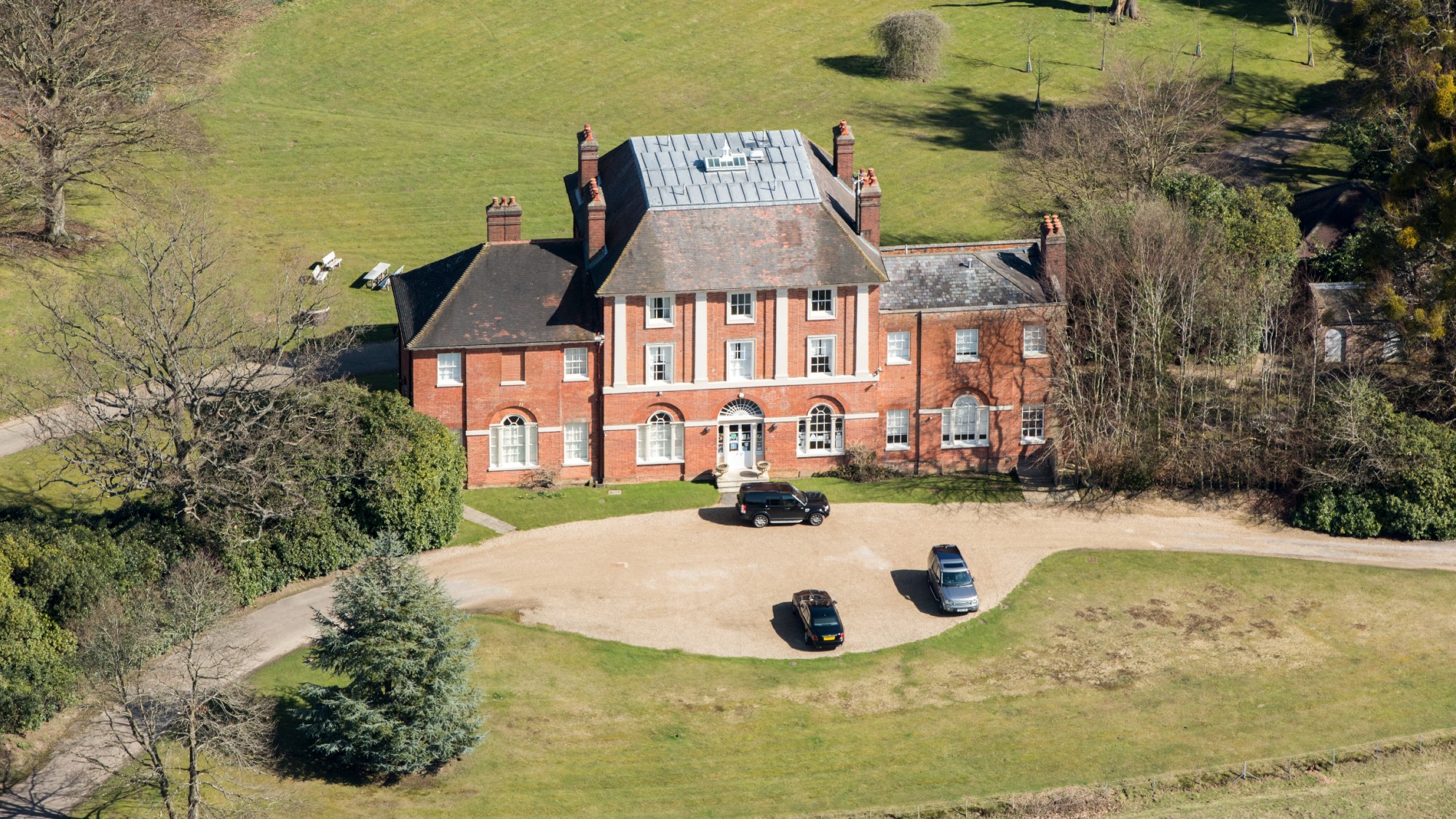 Forest Lodge: William and Kate's new home breaks with royal tradition
Forest Lodge: William and Kate's new home breaks with royal traditionIn the Spotlight Wales' said to hope move to 'forever home' in Windsor Great Park will 'leave unhappy memories behind'
-
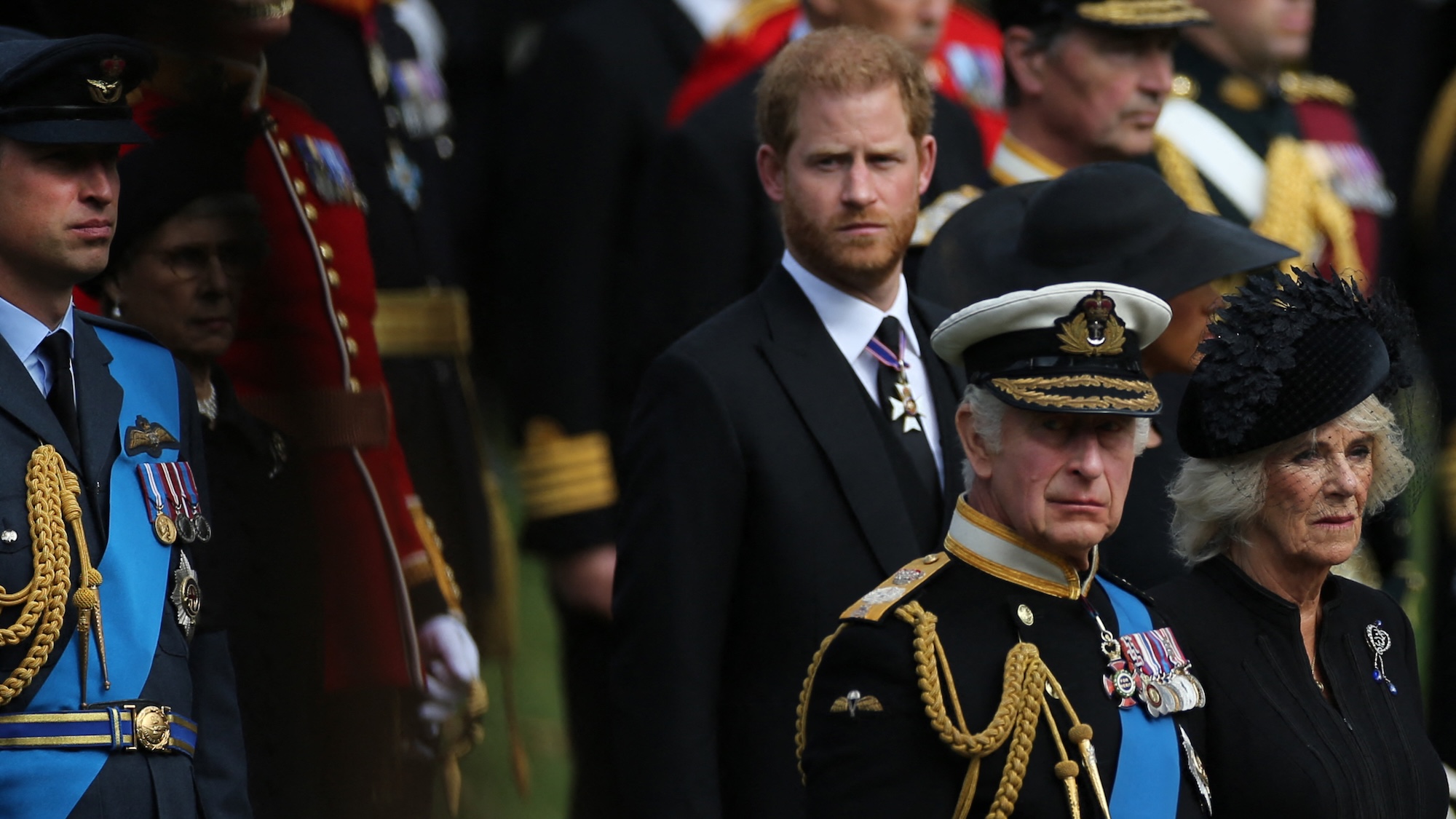 King Charles and Prince Harry: peace in our time?
King Charles and Prince Harry: peace in our time?Talking Point Leaked images of a secret meeting between royal aides suggest a dialogue is beginning to open up
-
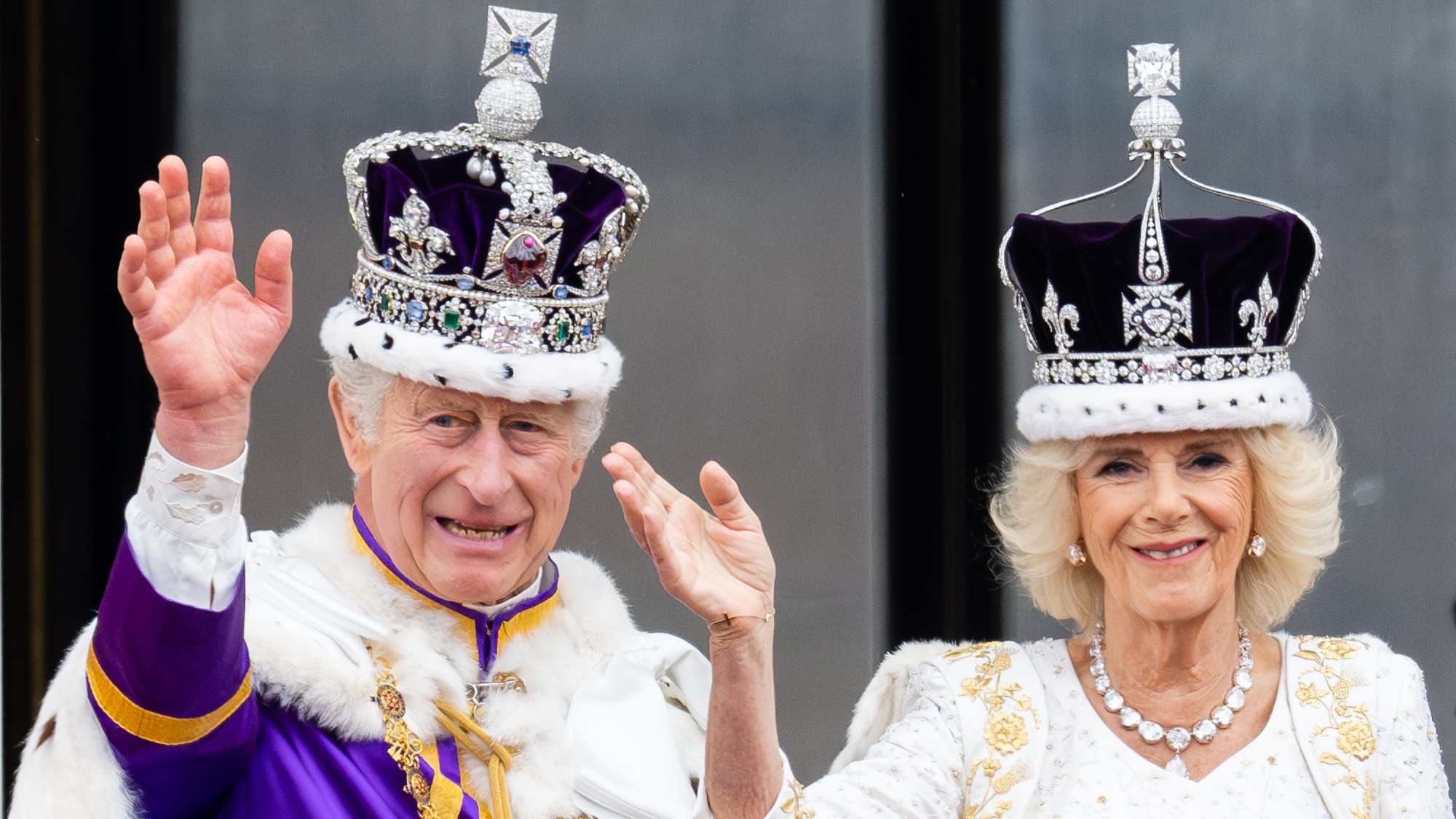 King Charles and the Sovereign Grant: how UK taxpayers fund the monarchy
King Charles and the Sovereign Grant: how UK taxpayers fund the monarchyThe Explainer Royals received £86.3m from government last year – and they are in line for a 50% increase
-
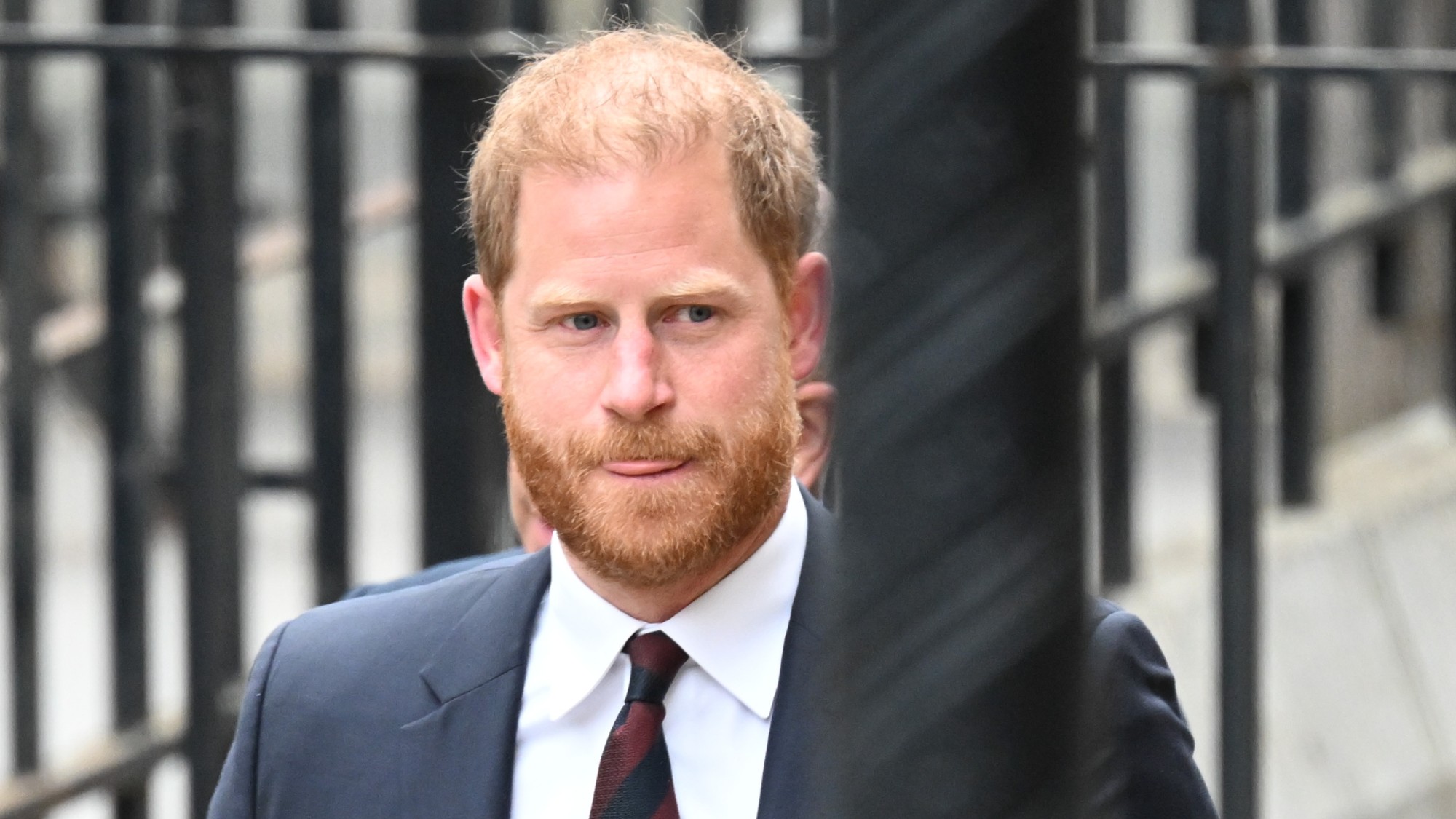 Prince Harry's 'bombshell' BBC interview
Prince Harry's 'bombshell' BBC interviewTalking Point Royal claims he is not safe to visit the UK and fuels speculation over King Charles' health in 'extraordinary' BBC interview


